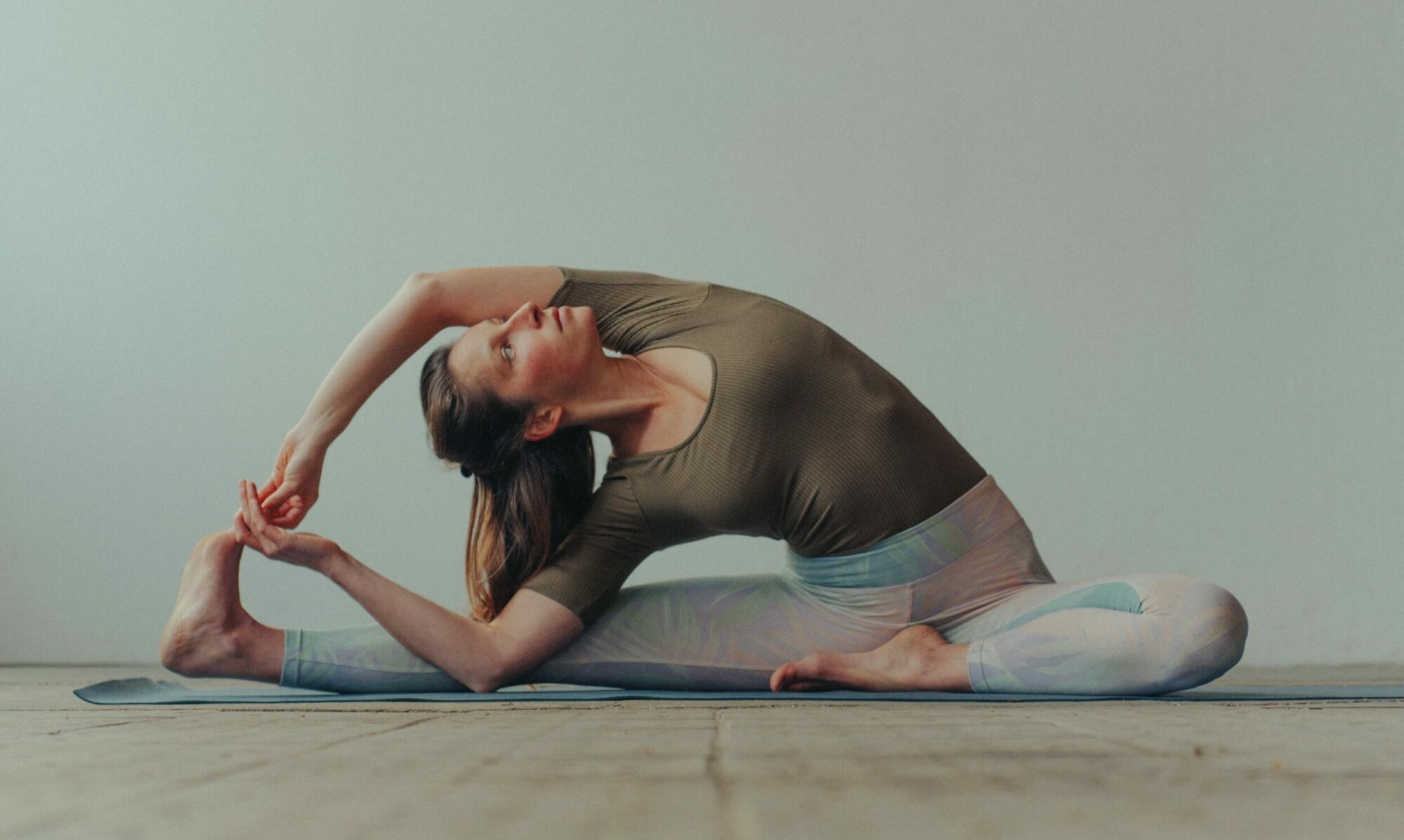Yin yoga is a relatively new and very gentle, almost passive style of yoga that is becoming increasingly popular. It can be seen as a counter-movement to the “yang-influenced”, i.e. very physically demanding yoga styles of the last three decades.
Yin and yang are two terms from Daoism that describe two opposing forces: Yang is the active side associated with the masculine, yin is the passive, feminine side. Together they form a harmonious whole.
Yin yoga was developed by Paul Grilley and Sarah Powers. The new approach began to develop in 1987 and is based on Daoist Yoga, the Chi Kung of martial arts and other approaches of Chinese medicine such as the integration of the meridians, as well as the tantric yoga teachings of India.
Sarah Powers calls her Yin Yoga style “Insight Yoga” and incorporates elements of Buddhist meditation.
Bryan Kest, who popularized the absolute Yang style with his Power Yoga, now also teaches a Yin Yoga with the popular name “LSD”, an abbreviation for “Long-Slow-Deep”.
The practice:
Over a longer period of time, you remain in different positions in a passive stretch. The duration varies from 3-5 minutes or even longer. Letting go of the muscles and holding them for a long time are characteristic. This gives you time to observe the changes in your body and find peace.
This long hold should have an intensive effect on the deep layers of the body. Deeper layers of the muscles and fasciae are reached and meridians are stimulated to release the flow of energy. The aim is also to enable a deeper look inwards and a calmness that is sometimes no longer possible in hectic everyday life.
Here is an example of a Yin yoga class:
Can we observe a kind of pendulum movement between yin and yang – a swing from one extreme to the other – in the trend towards yin yoga?
Where is a sensible middle ground here?
Continue to the next yoga style: Yoga Nidra
